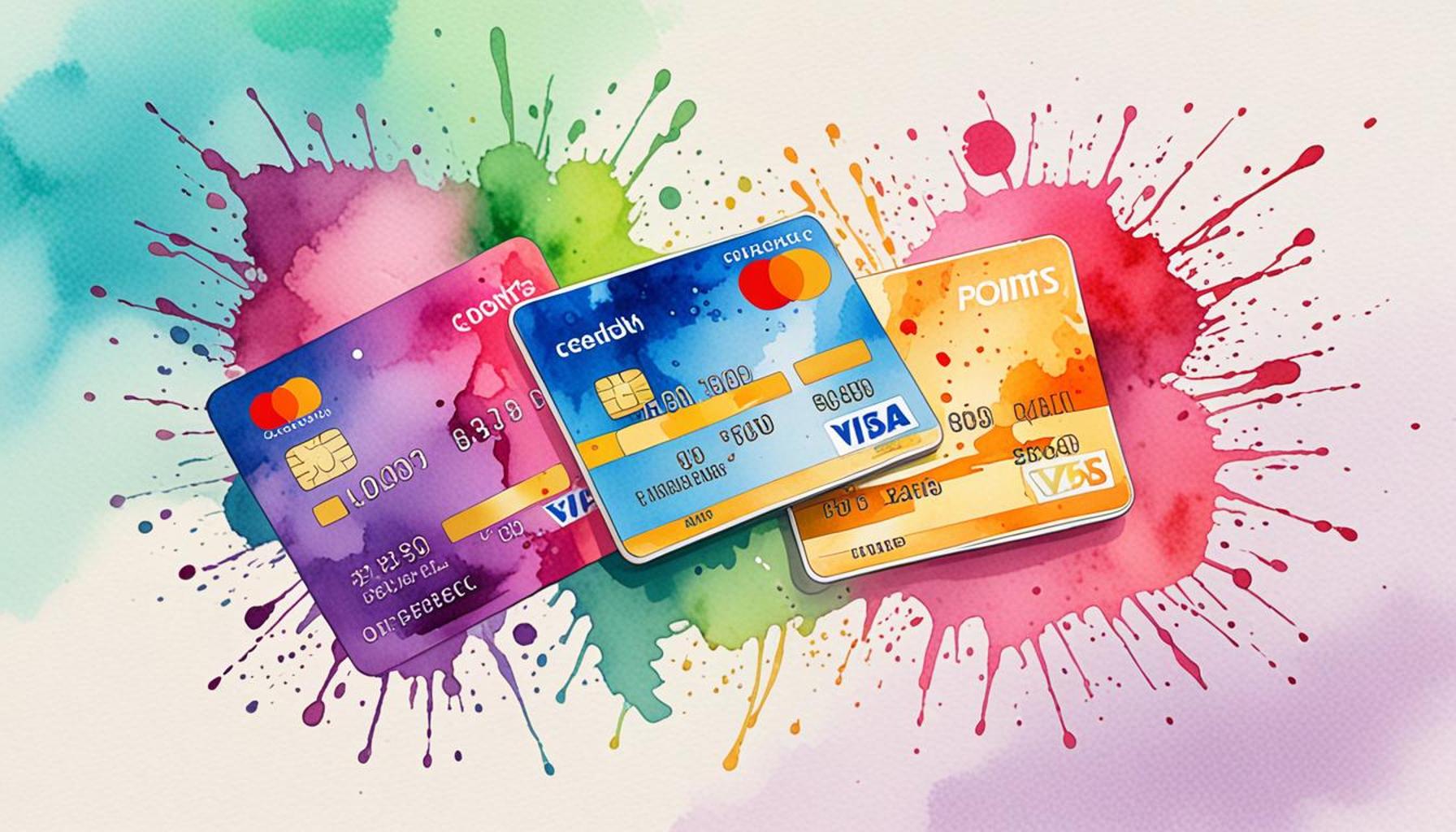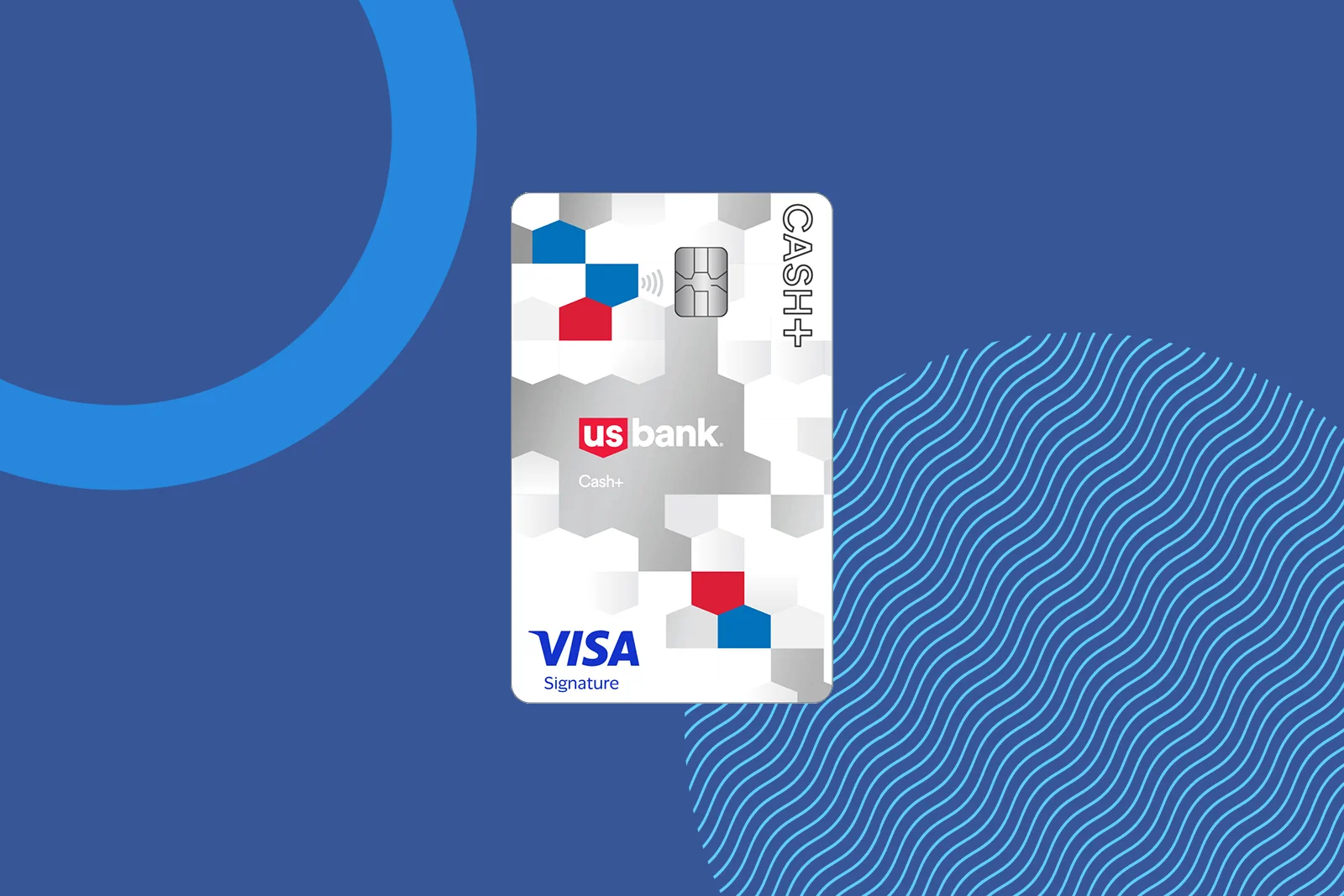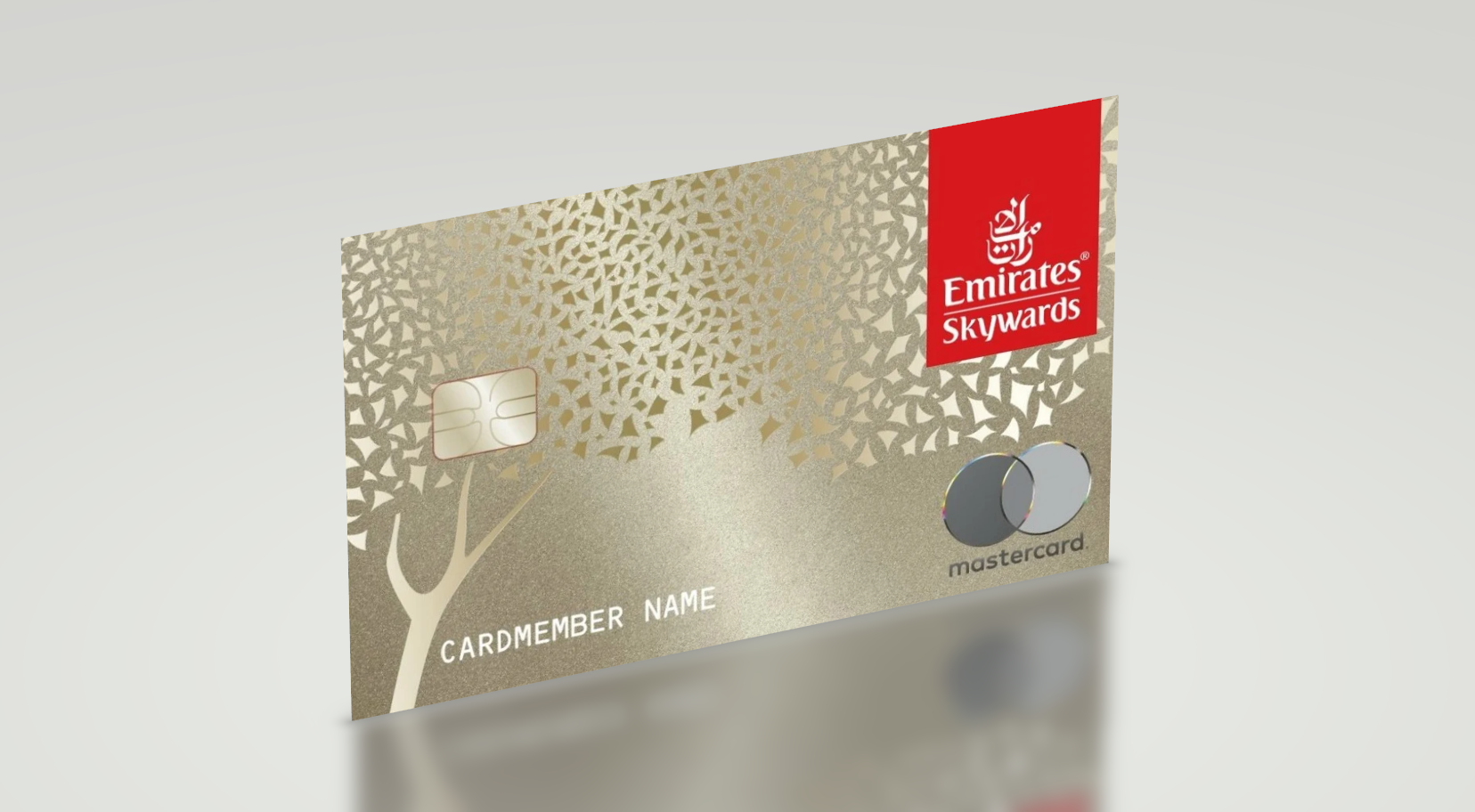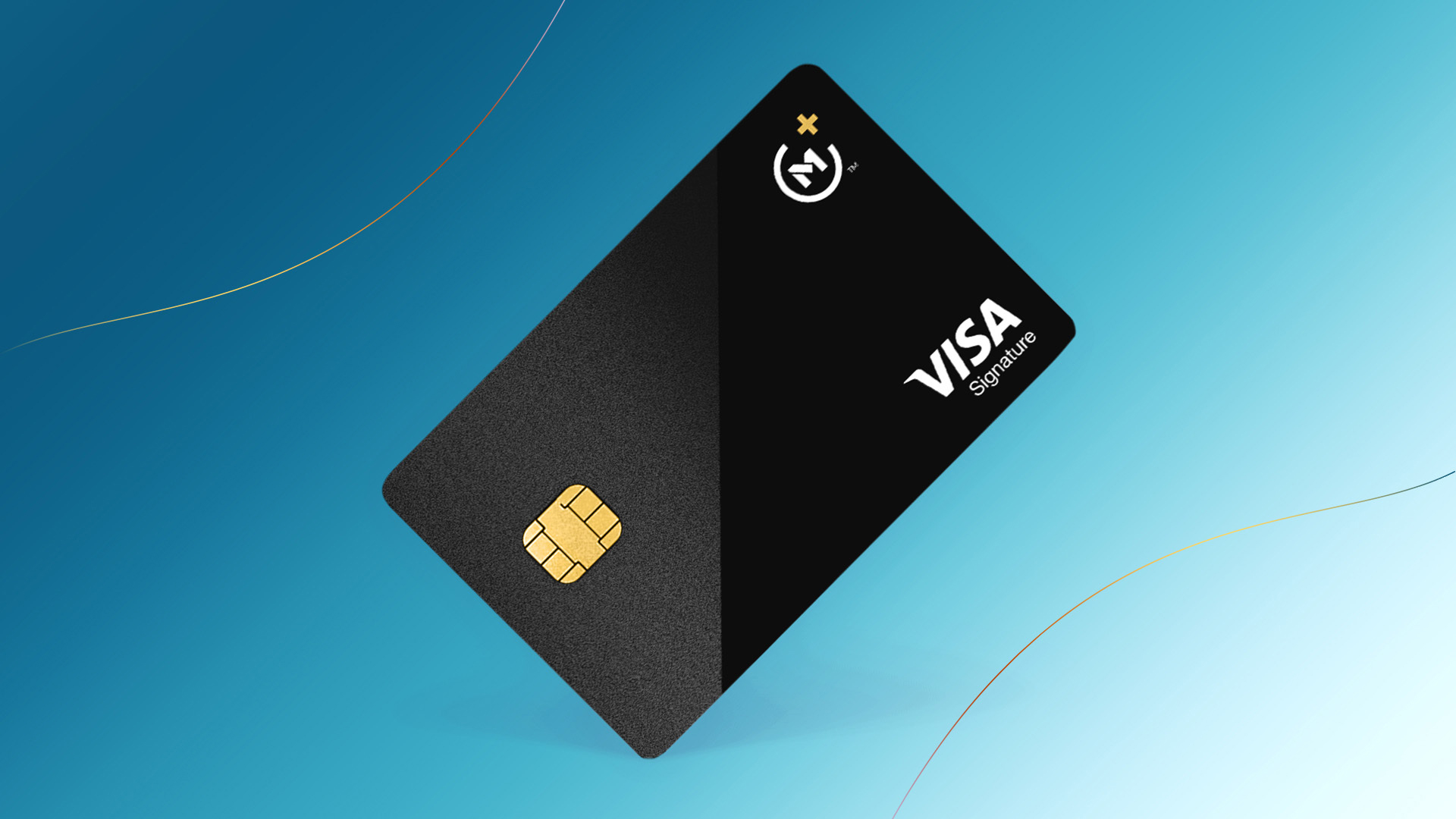Difference Between Cashback and Points Credit Cards

Understanding Credit Card Rewards
When it comes to maximizing your spending, knowing how different credit card rewards work is crucial. Two prominent types are cashback cards and points cards. Each offers unique benefits and can significantly impact your finances.
Let’s explore some key differences:
- Cashback Cards: These cards provide a percentage of your purchases back as cash. For instance, if you have a card that offers 1.5% cashback on all purchases and you spend $1,000 in a month, you would earn $15 back. This type of card is particularly beneficial for everyday expenses such as groceries and gas.
- Points Cards: With points cards, you earn points for every dollar spent, which can be redeemed for various rewards ranging from gift cards to travel bookings. A popular example is a card that offers 2 points for every dollar spent on travel-related purchases. If you spend $500 on flights, you would earn 1,000 points, which could be valuable for booking future vacations.
- Usage Scenarios: Cashback cards are often ideal for regular expenses, providing straightforward returns on shopping habits, while points cards can be more lucrative for travelers who can take advantage of travel perks and special redemption options. Imagine planning a trip; using a points card might allow you to save significantly on airfare or hotels by redeeming points instead of paying cash.
Both types of cards have their strengths, but determining which is the right fit for you depends on your lifestyle and spending habits. If you frequently dine out or shop for groceries, a cashback card might yield the most benefits. Conversely, if you travel often, a points card could enhance your travel experiences and provide additional savings through rewards like free flights or hotel stays.
In this article, we’ll break down the features and advantages of each card type, equipping you with the knowledge to make a more informed choice. Understanding these rewards can significantly elevate your financial decisions and reward you for your spending. Whether you’re looking to save money on everyday purchases or dreaming of your next vacation, effectively leveraging credit card rewards can lead to greater financial freedom and enhanced lifestyle experiences.
The Mechanics of Cashback Cards
Cashback cards operate on a straightforward principle: for every purchase you make, you earn a percentage of that amount back as cash. This makes them highly accessible and easy to understand. The cashback rate typically ranges from 1% to 5%, depending on the card and the category of spending. For example, many cards offer enhanced cashback rates for specific categories, such as dining out or gas purchases. If you use a card that provides 3% cashback for restaurant purchases and you spend $200 on dining in a month, you would receive $6 back. This cash can generally be redeemed as a statement credit, a bank deposit, or applied towards your next purchase.
One of the main advantages of cashback cards is their simplicity. There are no complicated formulas or redemption thresholds to consider. The cash rewards are typically easy to claim and integrate seamlessly into your financial routine. This makes cashback cards particularly attractive for individuals who prefer a hands-off approach to rewards. If you are someone who regularly rakes in rewards for day-to-day expenses without much effort, a cashback card might be the perfect fit.
Understanding Points Cards
Points cards, on the other hand, add a layer of complexity with their points systems. Every dollar you spend translates into points, which you can then accumulate over time. The conversion rate for points varies widely by card and can be quite rewarding for specific spending categories. For instance, a travel points card might offer 2 points per dollar on travel purchases and 1 point per dollar on everything else. If you spend $1,000 on travel tickets, you could earn 2,000 points, which might be redeemable for future flights, hotel bookings, or even merchandise.
Points cards often come with additional benefits tailored to travelers, such as bonus point opportunities for using the card with partnered airlines or hotel chains. This can significantly enhance the overall value you receive, particularly if you are a frequent traveler looking to score free flights or luxury hotel stays. However, it’s important to be aware of any limitations or restrictions on how points can be redeemed, as they might not always be as flexible compared to cashback options.
Key Considerations When Choosing
When deciding between cashback and points cards, consider the following:
- Spending Habits: Identify where you spend the most money. If it’s everyday purchases like groceries and fuel, a cashback card may be more beneficial. If you travel frequently, a points card may unlock greater rewards.
- Reward Structure: Look closely at the categories of spending that each card rewards. Some cashback cards may offer high percentages in specific categories, while points cards may have bonuses for travel-related expenses.
- Redemption Flexibility: Think about how you prefer to redeem your rewards. Cashback offers straightforward cash back, while points require navigating redemption options that can vary in value.
By weighing these factors, you can choose the type of card that best aligns with your financial goals and spending patterns, enhancing your overall experience with credit card rewards.
Redemption Processes: Cashback versus Points
While both cashback and points credit cards offer rewards, the redemption processes differ significantly, impacting how you can use your rewards. With cashback cards, redemption is typically straightforward; once you’ve earned cash back, you can apply it directly to your existing credit card balance, receive a direct deposit into your bank account, or sometimes even receive a check. This simplicity allows you to see the financial benefit of your spending immediately, making it a viable option for those looking to reduce their credit card balance and benefit from rewards without any hassle.
In contrast, points cards often require a more nuanced approach to redeeming rewards. You usually have to navigate a rewards portal where you can see how many points you have and the potential rewards you can claim. This can include flights, hotel stays, or merchandise, but these options often come with varying point requirements based on demand, availability, and the specific redemption value. It’s not uncommon for certain redemptions to be locked behind specific partnerships or promotions, meaning that timing is essential to maximize the value of your points.
Value Comparison: Cash vs. Points
When comparing cashback and points cards, it’s vital to evaluate the actual value of rewards you receive. Cashback rates are clear-cut: a 1% cashback on a $1,000 purchase gives you $10 in return. On the other hand, the value you get from points can be more difficult to calculate. For instance, if you earn 2,000 points from a points card, the redemption rate for those points could range from $20 to $50, depending on how you redeem them—in airline tickets, hotel nights, or gift cards. It’s crucial to know the average value of your points. A well-executed redemption can enhance their worth, potentially surpassing cashback rewards, especially when used strategically for travel.
Fees and Annual Costs: A Consideration
Before selecting between these two types of credit cards, consider the annual fees and other costs associated with each card. Many cashback cards come with no or low annual fees, making them attractive for those who want to receive rewards without additional financial commitments. Points cards, however, may have higher annual fees, especially if they offer extensive travel perks or bonus points. While the initial cost may seem steep, frequent travelers might justify the fee through the potential for free flights or upgrades.
Additionally, it’s essential to be aware of other fees, such as foreign transaction fees, which can impact travelers using points cards abroad. If you’re considering a points card for travel, be sure to check whether international use incurs extra costs. This can also affect your long-term savings and overall reward accumulation.
In summary, while cashback and points credit cards each have their unique benefits and challenges, understanding the redemption processes, value of rewards, and associated costs will help you make a more informed decision that aligns with your financial lifestyle and spending habits.
Final Thoughts on Cashback and Points Credit Cards
In conclusion, the choice between a cashback credit card and a points credit card largely depends on your individual spending habits and reward goals. Cashback cards provide a straightforward way to earn rewards that translate directly into real cash, which can be incredibly appealing for those looking to save money or pay down their balances efficiently. On the other hand, points cards often cater to those who enjoy traveling or seeking specific rewards, as they offer the potential for higher-value redemptions, albeit with a more complex rewards system.
When evaluating these credit cards, consider how often you travel, your spending patterns, and whether you prefer hassle-free rewards or a chance to strategize for maximum value. For instance, a frequent flyer may find significant benefits in accumulating points for free flights, while a person who prioritizes balance reduction may prefer the instant gratification of cashback. Additionally, keep in mind factors such as annual fees and the potential impact of any foreign transaction fees, especially if you’re eyeing travel rewards.
Ultimately, understanding the unique characteristics of both types of cards will empower you to make a choice that suits your financial lifestyle and enhances your spending power. Take the time to assess your priorities and do the math, as making an informed decision can lead to substantial rewards that align with your financial goals.


